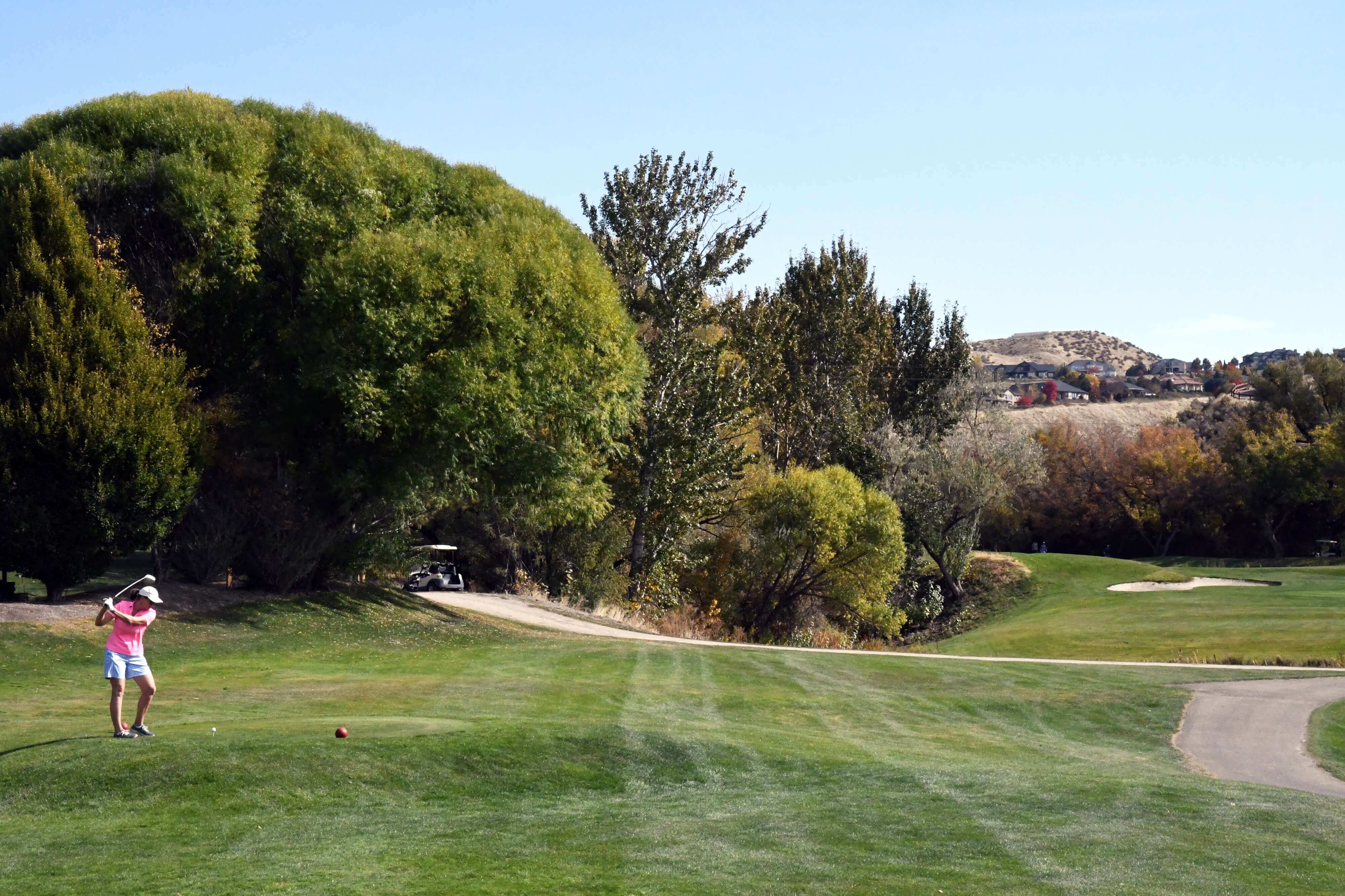

While the course will likely test every club in your bag on length, other aspects of the design felt somewhat straightforward and repetitive. My assessment of Quail Hollow’s architectural merits align closely with those of M. From there, accuracy is essential to avoid diverse sets of penalty areas and stick the landing on titled putting surfaces. Angles come at a premium at the short par four 14th, as the hazard must be challenged aggressively. At this stage in the round, swirling wind off the main lake will make any player question their club selection. The finishing five holes are the most compelling on the course. Iron shots must be struck with the utmost precision miss your mark by mere inches, and you might find yourself 10 yards over the green. I imagine that professionals and their caddies must either love, or despise the challenge this presents. The subair systems of Quail Hollow’s greens enable seriously firm putting surfaces.Visually, many of these traps have an Australian Sandbelt appearance, and they act as magnets for mishits. The course’s bunkers are frequently surrounded by shortgrass, and not rough.Hitting it straight down the center is essential on all par fours and fives. The Bermuda rough off fairways is thick, and beyond that, players may find themselves among roots, dirt, acorns, and other unpredictable lies.The pristine conditions that the superintendent and maintenance team at Quail Hollow display are essential to highlighting key elements of the design: I was thrilled to recently play the course and experience life inside the ropes. Regarded as one of the most elite clubs in North Carolina by nearly all rating bodies, Quail Hollow is known for the stern test it provides tour professionals.

The club hosted the PGA Championship in August 2017, when Justin Thomas won the Wannamaker trophy claiming his first major title.įour holes to watch at Quail Hollow Club - 2017 PGA Championshipīehind the architectural curtain - 2017 PGA Championship What a lovely coming of age present for the young Northern Irishman! This was McIlroy’s first PGA title and he also became the youngest winner on the Tour (two days prior to his 21st birthday) since Tiger Woods in 1996. In the 2010 event, Northern Irishman Rory McIlroy shot a course record 62 in the final round to win the Quail Hollow Championship. The Quail Hollow Championship has seen some big name winners, including Vijay Singh in 2005, Jim Furyk in 2006 and Tiger Woods in 2007. Measuring a healthy 7,442 yards from the tips, Quail Hollow is a true championship layout and many Quail Hollow Championship spectators have enjoyed the one-shot 17th which has become the course’s signature hole, requiring a forced water carry of some 200 yards to a back-to-front and right-to-left sloping island-like green. The Championship serves as a key fundraiser, supporting youth education and has raised many millions of dollars for charity since 2003. Located in Charlotte, North Carolina, the Quail Hollow Club burst into the limelight in 2003 as the host venue of the Wachovia Championship (later renamed The Quail Hollow Championship and now called the Wells Fargo Championship), which has become an important event on the PGA Tour. The slightly right doglegged par four 5th is a shortened version of the old 5th hole and the upgraded version of the par four 11th has been extended by 36 yards to play to a new raised green which is defended by two bunkers on the left.
:max_bytes(150000):strip_icc()/quail-hollow-18-597b8755396e5a00115c65c5.jpg)
The 4th is a new 184-yard short hole, built on what was formerly part of the old par five 5th hole. The opening hole now combines the old 1st and par three 2nd, doglegging right and playing 130 yards longer. Four holes were also significantly altered to strengthen the course’s championship credentials. Fazio returned in 2013 to supervise the conversion of all the greens to Miniverde Bermuda before coming back three years later to replace the putting surfaces with Champion Bermuda. The Quail Hollow Club began following a meeting at Morrocroft Farm in 1959 and in 1961 their course, designed by George W Cobb, opened for play.Īrnold Palmer redesigned the layout in 1986 before Tom Fazio then became the club’s architect of choice, making further alterations in 19.


 0 kommentar(er)
0 kommentar(er)
